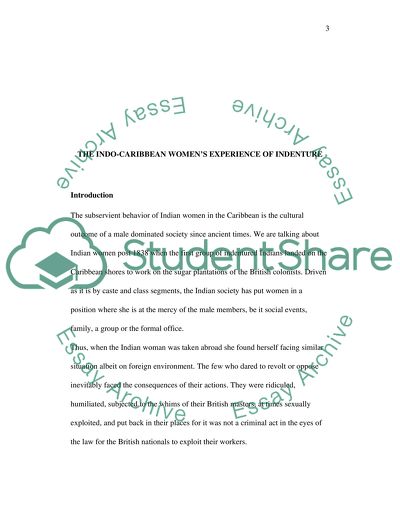Cite this document
(“The IndoCaribbean Women's Experience of Indenture Essay”, n.d.)
Retrieved from https://studentshare.org/miscellaneous/1524148-the-indocaribbean-womens-experience-of-indenture
Retrieved from https://studentshare.org/miscellaneous/1524148-the-indocaribbean-womens-experience-of-indenture
(The IndoCaribbean Women'S Experience of Indenture Essay)
https://studentshare.org/miscellaneous/1524148-the-indocaribbean-womens-experience-of-indenture.
https://studentshare.org/miscellaneous/1524148-the-indocaribbean-womens-experience-of-indenture.
“The IndoCaribbean Women'S Experience of Indenture Essay”, n.d. https://studentshare.org/miscellaneous/1524148-the-indocaribbean-womens-experience-of-indenture.


